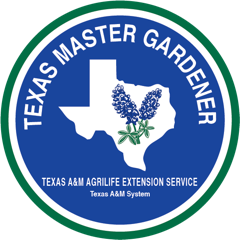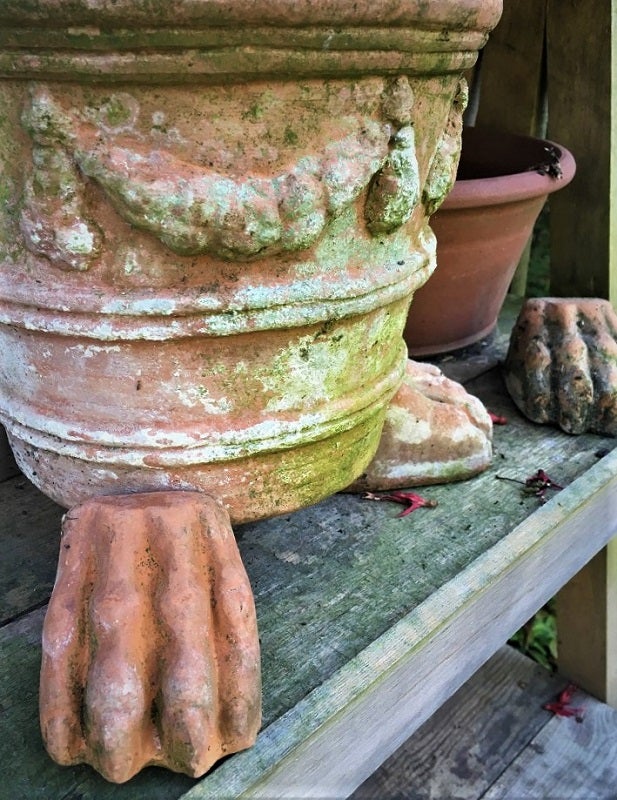Garden Checklist for March
Published 7:39 pm Saturday, March 2, 2019
By Sheri Bethard
Texas Certified Master Gardener
Orange County Master Gardeners Assn.
- Often, tomato and pepper plants started outdoors from seed will grow so quickly they will catch up with commercial plants in size within a few weeks. For many gardeners, this is the only way to obtain rare or heirloom varieties. Don’t be in a hurry to set out young pepper plants. Wait until the temperatures seem to be settled. Be sure to harden off any seedlings you had started. I would wait until mid-month or later before planting in the ground giving the soil time to warm up
- Pruning of evergreens and summer flowering trees and shrubs should be completed in early March. Prune spring flowering trees and shrubs, azaleas, redbuds, dogwoods, as soon as they finish blooming. If more than a month after blooming, wait until next year as the plant is already setting its blooms for next season.
- Start hanging baskets of petunias, ferns, and others for another dimension in landscape color. One attractive begonia plant can yield a number of others through careful rooting of stem cuttings. Try placing your cuttings in a plastic cup with holes in the bottom filled with moist vermiculite. Keep it moist and in 4-6 weeks you will have rooted cuttings.
- Plant dahlia tubers in fertile, well-drained soil.
- Select and order caladium tubers as well as coleus plants for late April and early May planting. Do not plant caladiums until soil temperature reaches 70°F.
- As camellia and azalea plants finish blooming, fertilize them with three pounds of azalea-camellia fertilizer per 100 square feet of bed area. Check mulch on azalea and camellia beds and add where needed.
- Fertilize roses every 4 to 6 weeks from now until September.
- Beware of closeout sales on bare-root trees and shrubs. The chance of survival is rather low on bare-root plants this late in the season. Your best bet at this time of year is to purchase container-grown or balled-and-burlapped plants for landscape use.
- Divide fall-blooming perennials and ornamental grasses to allow them time to be well established by fall.
- Cut back dead foliage on any ornamental grasses only if you see new growth coming out.
- Plant annuals mid to late in the month for color when your perennial and natives stop blooming. Place plants about 4 inches apart for good bloom coverage
- Make any garden changes now before everything starts actively growing.
- Add mulch to your beds now to help preserve moisture for the summer months.
- Mow your lawns now with your blade about an inch lower but do not scalp your lawn. This helps remove and winter-damaged leaves and clears the way for new growth.
- Apply compost to your lawn this month. Compost can be purchased pelletized and easily spread on your lawn. Wait until April to fertilize.
- Monitor your fruit trees for insect pests and disease
- Move houseplants outside toward the end of the month and remove dead leaves and fertilize. Re-pot if necessary.
- Clean bird and butterfly feeders, along with birdbaths and fountains.
Don’t forget to attend our free seminar on Selecting the Right Plant on March 16, 9-11 a.m. at Cormier Park, 8235 FM 1442, Orangefield then the following Saturday, March 23 come see us at our annual Bloomin’ Crazy Plant Fair at the same place from 8 a.m. – 1 p.m. for all kinds of plants from common to unique along with vendors with their products. See https://txmg.org/orange/ for more information or call 409-882-7010.






